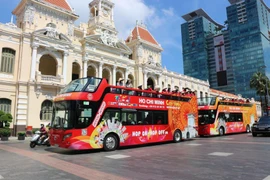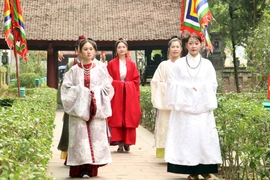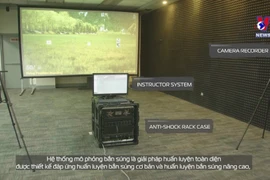The Tram Chim region once saw thousands of Sarus cranes migrating here every year to live and search for food. However, fewer and fewer cranes have been returning in recent years, or even no cranes arrived at all. Over the past decade, the wild population of Sarus cranes in Cambodia and Vietnam has rapidly declined.
The recovery and development of the Sarus crane population at Tram Chim National Park is crucial for both biodiversity conservation and the cultural and spiritual life of the local people.
According to experts, one of the key factors to draw the cranes back to Tram Chim is restoring the ecosystem and the birds’ natural habitat.
Over the past year, the project has done a lot of work, like launching the project, building crane breeding facilities, running awareness campaigns, training crane caretakers, conducting several programmes to restore ecosystems in Tram Chim National Park, and starting an eco-friendly rice farming model.
The project’s goal is to restore and grow the Sarus crane population at Tram Chim by breeding and releasing them into the wild. Over the next 10 years, the plan is to breed and release 100 cranes, with at least 50 surviving. These cranes should be able to reproduce, live independently, and possibly stay at Tram Chim all the year round./.























